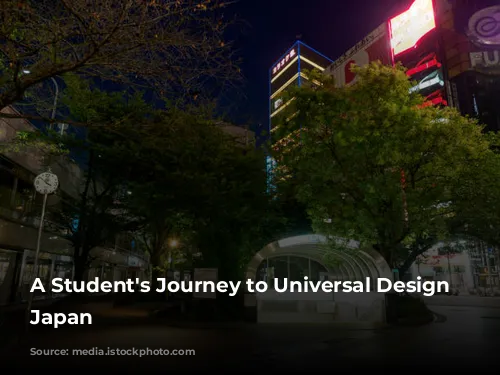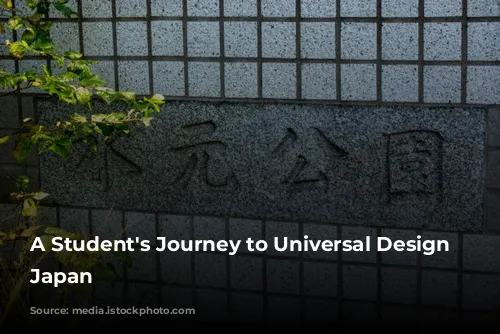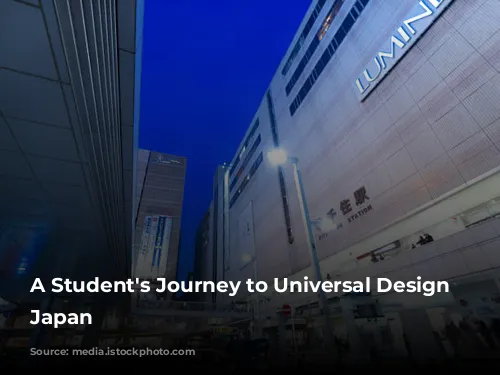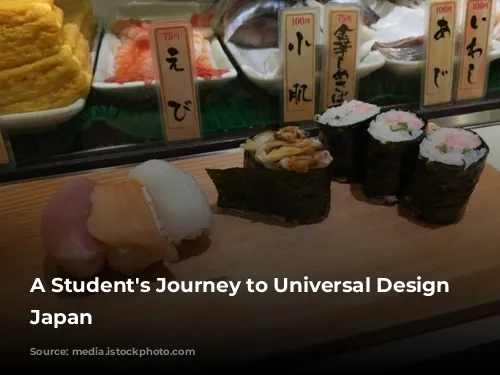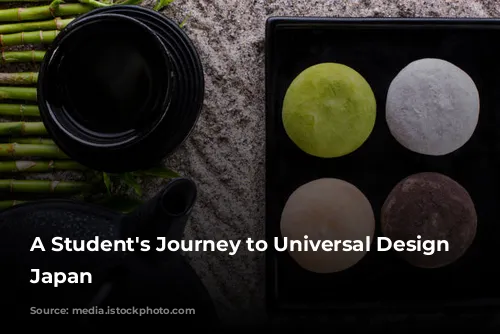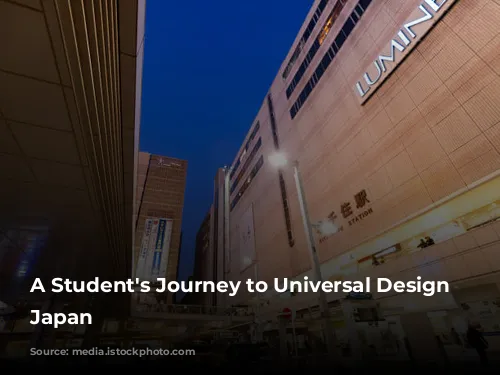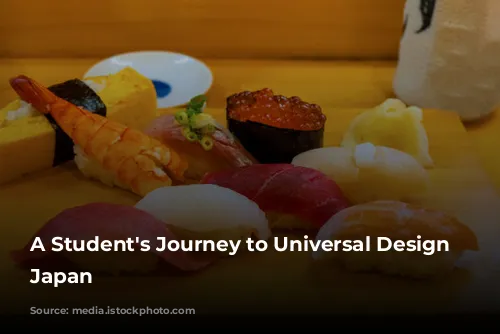My name is Jasmine, and I’m an occupational therapy student embarking on a fascinating journey in Japan. I’m spending three months with The Accessible Design Foundation of Japan (ADFJ), learning about universal design.
Why Japan? Well, occupational therapists, like myself, focus on helping people improve their daily lives by promoting independence and functionality in all sorts of environments. We work in hospitals, schools, clinics, and many other places. I learned about universal design, which aims to make spaces and products accessible to everyone, regardless of their abilities. It’s a philosophy deeply aligned with occupational therapy.
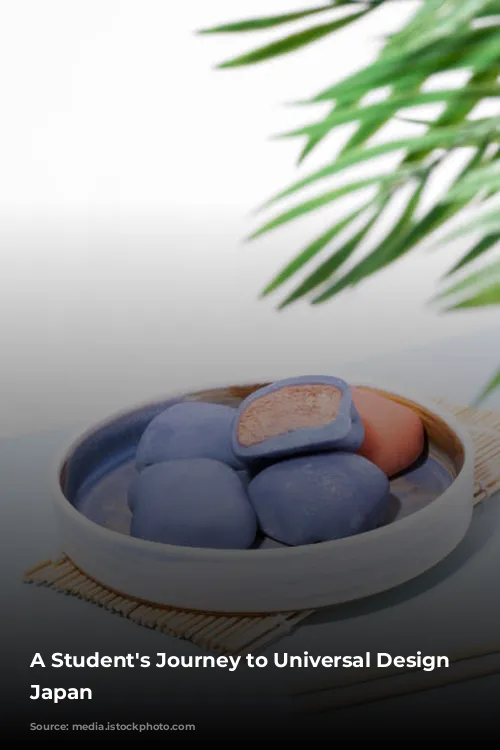
Japan: A Super-Aging Society Embracing Accessibility
Japan’s population is aging rapidly. With the largest senior population in the world, the need for accessible environments is paramount. The 2020 Olympics also served as a catalyst for Tokyo’s accessibility improvements. Seeing this commitment firsthand, I couldn’t resist the chance to study universal design in Japan!
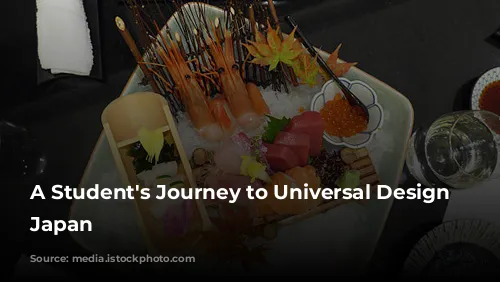
A Guiding Light: The Accessible Japan Website
Before arriving, I relied heavily on the Accessible Japan website. It provided detailed information on navigating major cities and attractions. As a first-time independent traveler, I found this website to be a lifesaver, especially when considering accessibility features.
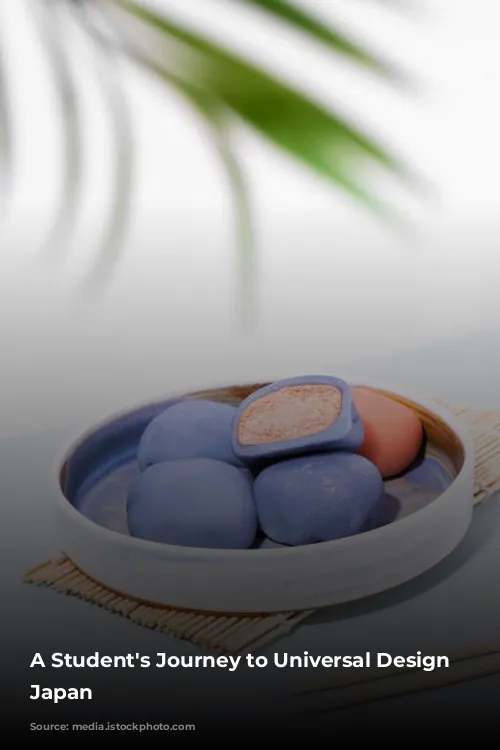
The Shared Dream of a More Inclusive Society
My time in Japan has opened my eyes to a shared goal among many: creating a more accessible society. This isn’t just about eliminating physical barriers but also about ensuring everyone has equal opportunities to participate in life’s activities to the fullest. Universal design is a key step towards realizing this dream.

A Universal Future: Challenges and Opportunities
While a completely accessible society is a beautiful aspiration, it’s not without its challenges. Traditions, culture, politics, and resource allocation all play a role in creating an inclusive world. Yet, the Universal Declaration of Human Rights reminds us that everyone has the right to equal access and opportunity. Many organizations are actively promoting universal design to create a more inclusive world.
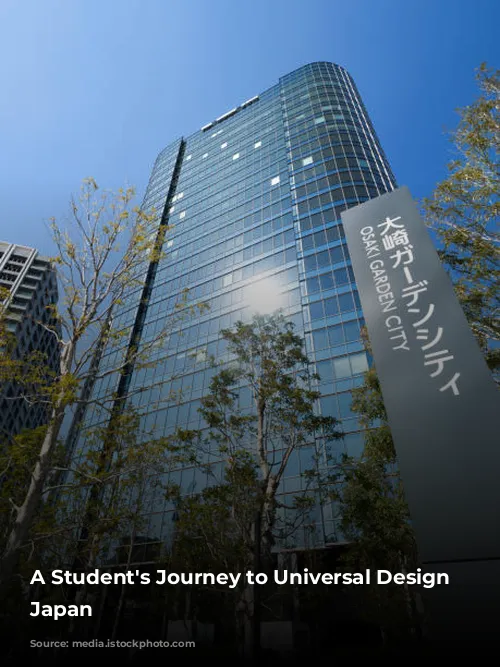
A Look at Japan’s Progress
My internship at ADFJ and my explorations of Japan have revealed both the achievements and challenges of accessibility in this dynamic country. While Japan has made tremendous strides in modifying existing environments, there’s always room for improvement.
I’ve observed many positive examples – multifunctional toilets, color-coded train lines, and clear signage in train stations. These features highlight the importance of designing for everyone. Japan is undeniably a model for accessibility around the world.

A Call to Action: Empowering the Future
By sharing our experiences and advocating for universal design, we can create a more accessible and inclusive society for future generations. While challenges exist, we have the power to educate, motivate, and inspire others to build a world where everyone can thrive.
